I have made a small app for a client. The app scans a files directory which contains several text files. It then reads each file into a string. Every file has a title and the article text. The two parts are separated with a pipe character like this: article_title|article_text. The script displays a list of links to open each article. The text of the link is the same as the article title.
Now, the client has apparently deleted an article, but is seeing an entry for the deleted file like the image bellow:

I searched for the string on the web and could actually find pages showing similar strings, e.g. here which is apparently a deleted blog post.
What could be the cause for this? Is the file really deleted?
P.S.
- The client has set the app on an intranet and cannot give me access, he sent me a screenshot.
- I also don't know what his server OS is.
- I'm not sure what to tag this question, maybe you can change the tags to better ones.